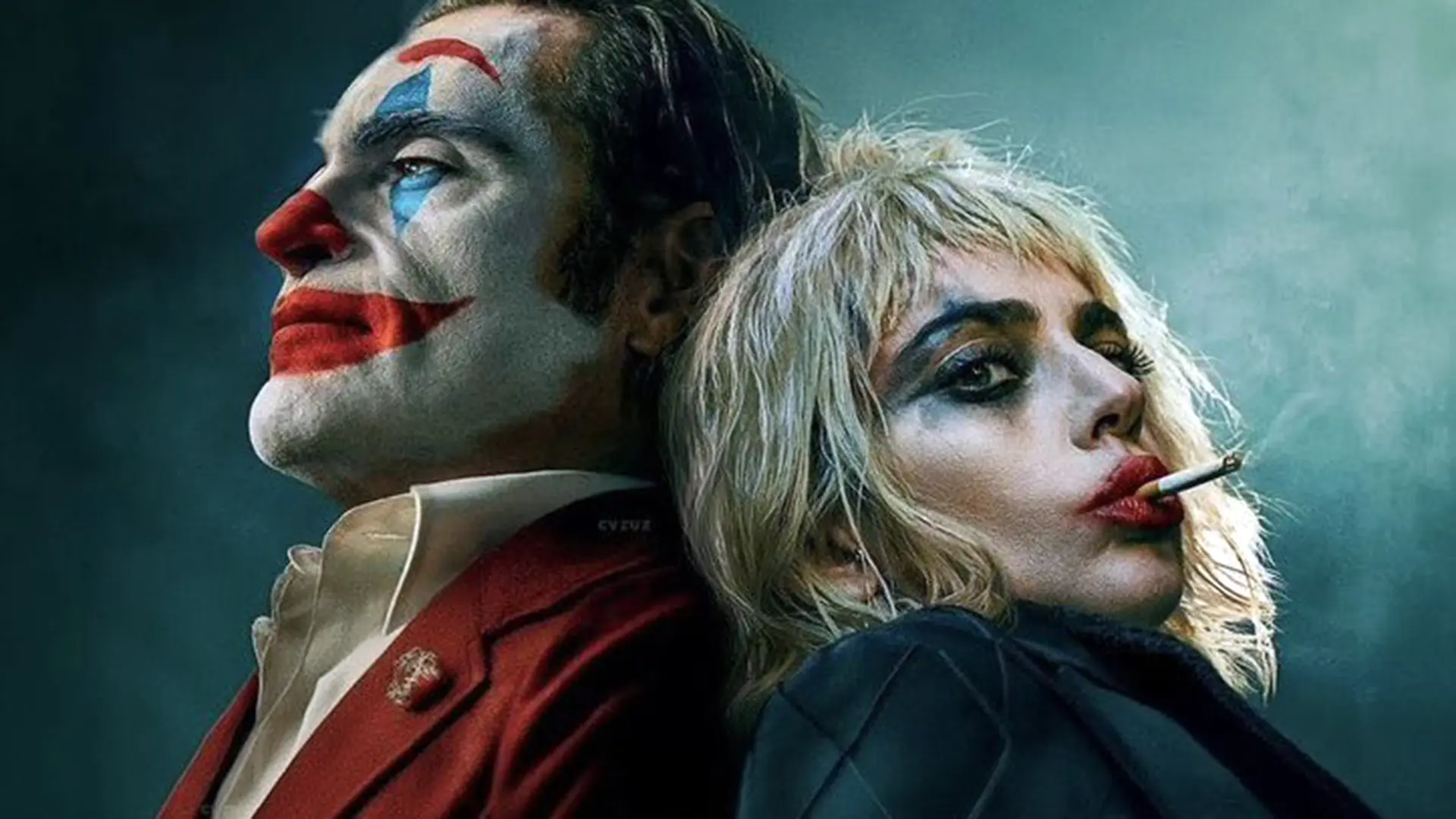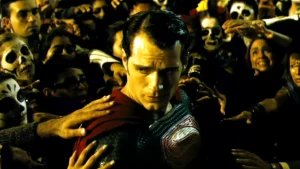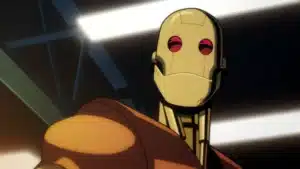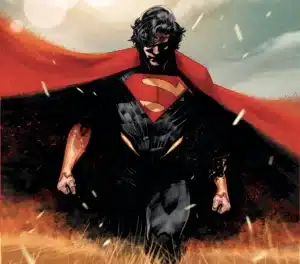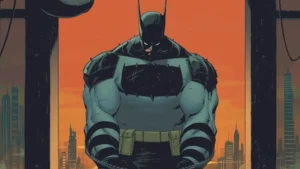Joker: Folie à Deux left me with a lot to unpack, and frankly, it’s been hard to process. The disappointment I felt after walking out of the theater was palpable, especially in a year that saw the release of Madame Web, a movie I already considered subpar. But somehow, Folie à Deux managed to fare even worse. In this article, I’ll lay out my thoughts on why this film didn’t work for me, and perhaps by the end, we’ll have a better understanding of what went wrong.
Undoing What Worked in the First Film
The first thing that stands out to me is how Joker: Folie à Deux completely undoes everything that worked in the original Joker. The first movie masterfully portrayed Arthur Fleck’s descent into chaos, showing how societal neglect and mental illness transformed him into the Joker. It was a tragic yet compelling origin story, one that made Arthur sympathetic, even if his actions were indefensible. By the film’s end, Gotham was in ruins, and the Joker was seen as a symbol of chaos, directly leading to the death of the Waynes and the rise of Batman. This was a brilliant way to tie the Joker’s story into the Batman mythos.
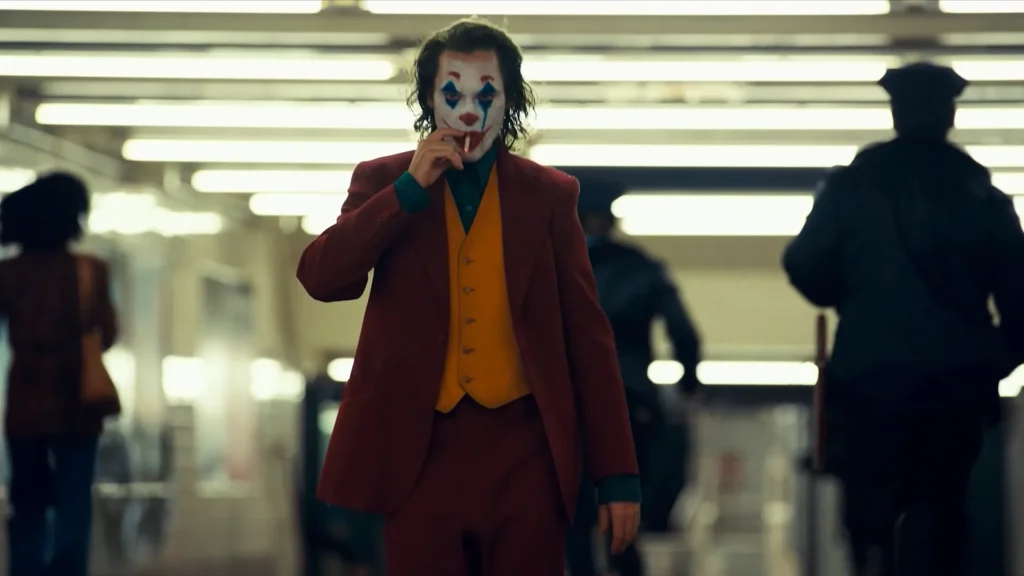
However, Folie à Deux seems to throw all of that away. Instead of continuing the story that made the first film so impactful, it feels like the movie goes out of its way to tear down everything that worked. It’s almost as if Phillips, in his desire to subvert expectations, ended up making the Joker’s character pointless. Arthur Fleck isn’t the chaotic force we saw in the first film; he’s not even the Joker anymore. And without that, the movie loses much of its meaning, leaving us with a sense of loss for the promising narrative that was abandoned.
The Problem with the Execution
Phillips’ approach to this sequel feels self-indulgent. He tries to distance himself from the very character he built in the first film. While I agree that the Joker shouldn’t be idolized, the execution here falls flat. The film feels condescending, like it’s wagging a finger at anyone who found some sort of connection or sympathy with Arthur in the first movie. It lacks the nuance of the original and instead feels like a pretentious commentary on its own success.
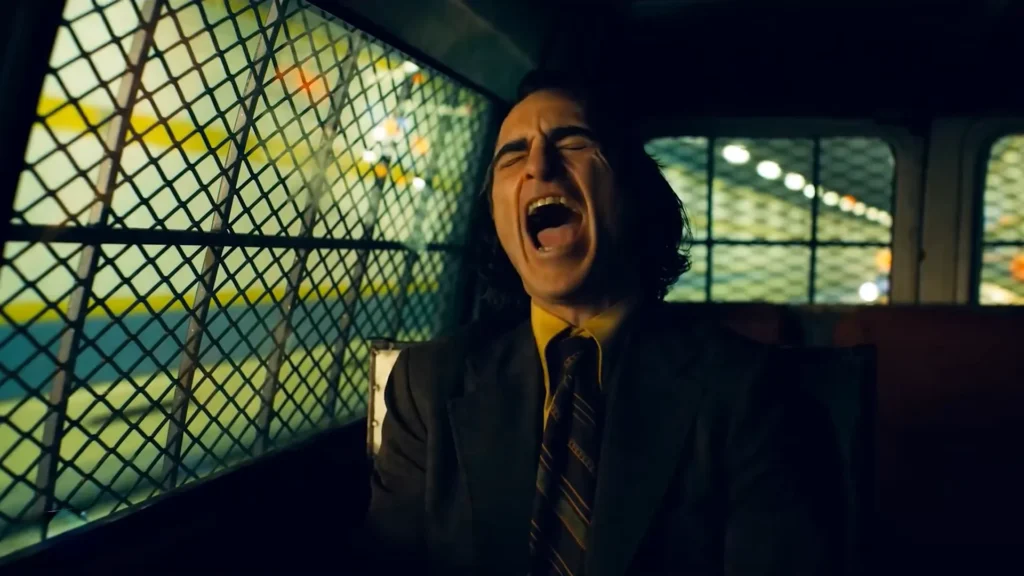
In the first film, Arthur was a tragic figure—a man whose mental health struggles and abuse from society made him a villain. Even if audiences didn’t agree with his actions, they could understand why he became the Joker. That’s what made him a compelling character. But in Folie à Deux, there’s nothing left of that depth. The movie mocks anyone who sympathized with Arthur, leaving us with a hollow shell of a story that’s difficult to connect with, and a noticeable absence of a compelling protagonist.
A Tale of Misguided Ambition
One of the major flaws in Folie à Deux is how Phillips tries to make an anti-Joker movie without offering anything substantial in return. There’s a sense of smugness that leaps off the screen. It’s as if the film is daring the audience to dislike it, but for all the wrong reasons. It reminded me of The Matrix Resurrections, where the creators seemed to resent having to make a sequel and ended up mocking the audience for wanting one.
But where Folie à Deux and The Matrix Resurrections both failed is in the execution. Just because a film has an intelligent idea doesn’t mean it’s well-executed, and in both cases, the message gets lost in poor storytelling. It’s as if the creators are saying, “If you didn’t like it, it’s because you didn’t get it,” when in reality, we got it—it just wasn’t delivered well.
What Good Sequels Do
If you want to tear down a character from the original film, it can be done successfully, but you need to handle it with care. Godfather Part II and Dune Part II (or Part Deux, if we’re sticking with the French) both did this masterfully. Both sequels showed their main characters falling from grace, but they did so in a way that felt earned and impactful. The audience was shown the consequences of their actions, but the films never looked down on them—or the audience.
Godfather Part II deconstructed Michael Corleone’s character without mocking the people who admired him after the first film. Similarly, Dune did a great job of showing Paul Atreides’ decline without turning it into a lecture about how wrong audiences were for liking him initially. Folie à Deux, on the other hand, seems to scold the audience for ever being invested in Arthur Fleck’s journey.
The Musical Problem
Another major issue with Folie à Deux is its attempt at being a musical. The musical elements don’t blend into the story naturally and feel awkwardly shoved in. In good musicals, the songs drive the narrative and reveal the characters’ inner thoughts. Here, the songs feel like interruptions rather than progressions of the story.

For example, classic musicals like The Wizard of Oz use songs to move the story forward. In contrast, Folie à Deux seems to randomly insert musical numbers that add nothing to the plot. And while Lady Gaga is undeniably talented, the film doesn’t give her much to work with beyond her singing abilities. Phoenix, on the other hand, isn’t a singer, and it shows.
An Identity Crisis
The biggest problem with Joker: Folie à Deux is that it doesn’t seem to know what it wants to be. It’s not a Joker movie, not a Batman movie, not even a good musical. It’s stuck somewhere in between, unsure of its own identity. The film spends so much time trying to subvert expectations that it forgets to tell a compelling story, leaving us with a sense of the lack of a clear narrative direction.
Arthur Fleck isn’t a criminal mastermind, he doesn’t fight Batman, and he’s not really even the Joker anymore. The film would have us believe that Arthur Fleck’s journey in the first movie was all for nothing. By the end of Folie à Deux, it feels like we’re watching a movie about a character who never becomes the villain he was destined to be.

In the end, Joker: Folie à Deux is a movie that feels like it’s trying too hard to be clever. It mocks the very people who supported the first film and fails to offer anything new or meaningful in return. Instead of continuing the powerful narrative from the original Joker, it tears it down without a clear purpose, leaving the audience with a sense of confusion and lack of direction.
What we’re left with is a film that doesn’t work as a sequel, a musical, or a stand-alone story. It’s a misguided attempt to deconstruct the Joker mythos, but in doing so, it loses everything that made the character and the first film compelling. Perhaps in ten years, we’ll look back at this era of villain-centric movies and wonder what Hollywood was thinking.

